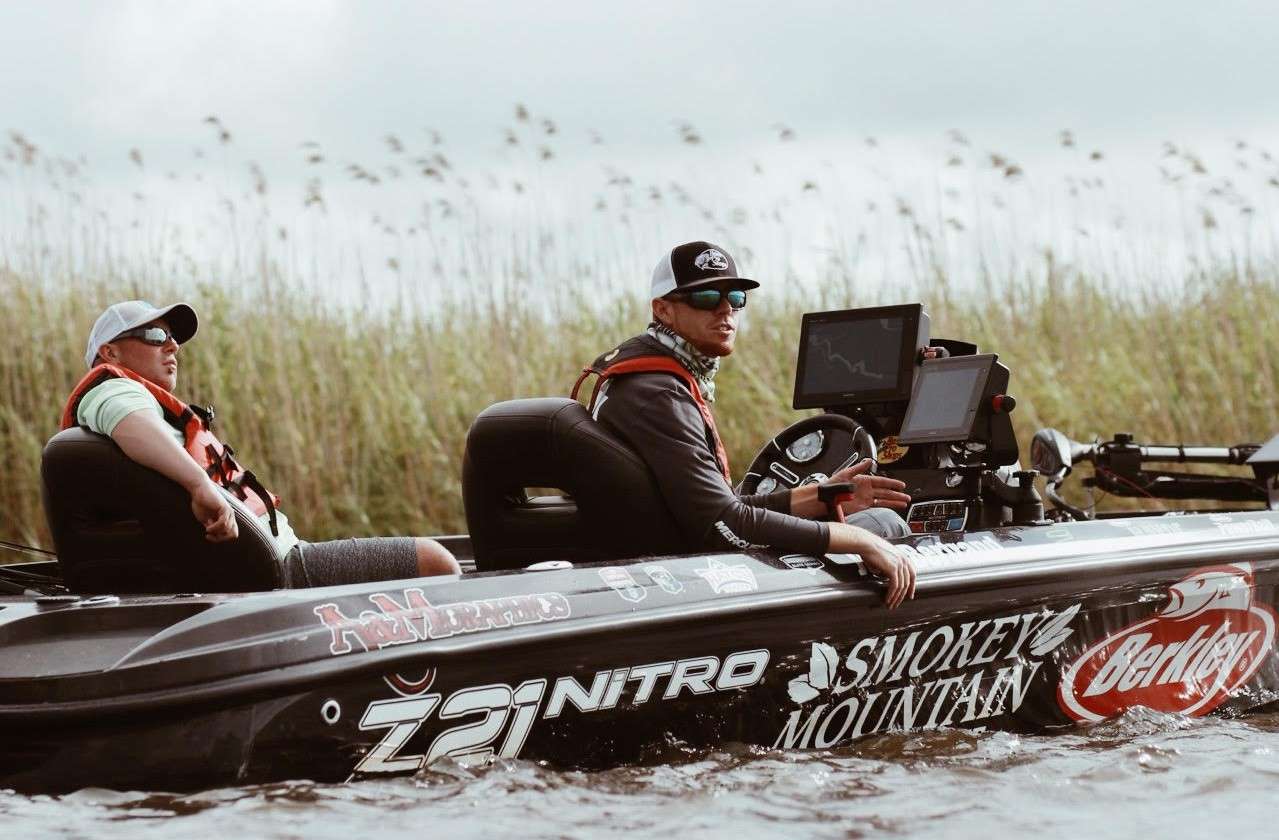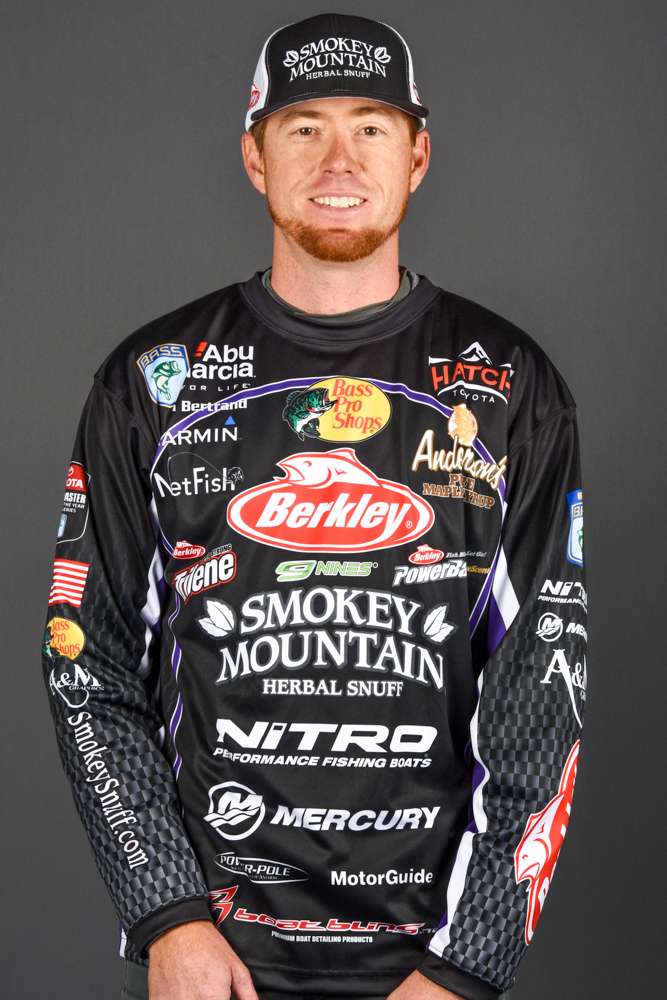
If I was conducting a seminar with an hour to talk about just one topic, there are plenty of things I could focus on that would probably help you catch more bass in the long run.
But since we’re working with a limited word count in a space like this— and since all fishermen have limited time — I’d like to focus on three simple items that will literally improve your bass fishing game the next time you go to the water.
The first is always use a superline on a spinning reel.
With straight fluorocarbon or monafilment — especially on a spinning rod with finesse applications — it’s really hard to detect light bites.
By using a superline, you’re instantly going to be able to feel more bites, and you’re going to get much better hookups. That’s because superline doesn’t stretch.
The one I like is Berkley Nanofil, usually in 8-pound test. I like the green color for clear-water applications and the white color if I’m throwing something like a wacky worm when a lot of the bites are going to be visual and I want to see that line swim off.
I use a 6- to 8-foot fluorocarbon leader – just so the fish can’t see it. But you still get all of the benefits of using a superline. I use Berkley Trilene 100 Percent Fluorocarbon for my leader, generally in 6- to 8-pound test, and I use an Alberto knot to tie it all together.
That’s one thing you can do to improve your next trip simply by respooling your reels.
Another thing you should do is set the hook more often. It’s a tip that’s every bit as simple as it sounds.
So many fish bite light, especially when you’re fishing deep or when the fish are finicky.
Hooksets are free — and if you even think you’re getting a bite, you should pull the trigger.
I learned this during my guiding days. I was teaching someone how to drop-shot — how to work the bait, what a bite is going to feel like, how to set the hook. As I was explaining it, I knew I wasn’t getting a bite. But I demonstrated how to set the hook, and there was a fish on the line.
That happened three or four times over a couple of years, and it was an eye-opening experience that told me how delicately a fish can pick up your bait.
I’m not saying you need to set the hook every cast or at random times like that. But if there is ever any doubt in your mind that you’re getting a bite, you should set the hook.
I can’t tell you how many times I’ve waited too long and actually felt the fish spitting the bait out.
Even if you’re not getting that great, glorious thump, even if you think you’re getting a bluegill peck, set the hook.
The next thing I’d say is slow down.
I know you’ve heard that one before, but I can’t stress it enough.
I have a good example from the Bassmaster Elite Series event we had on Sam Rayburn back in May.
I was catching postspawn, early-summer fish on a Carolina Rig, and they were not aggressive at all. I had several places that were just crawling with fish, but I wasn’t getting bit.
On the second morning of the tournament, I was on my best spot and didn’t have a fish. So naturally — as matter of human nature, I think — I was fishing faster and faster.
Finally, I made a cast and my reel just exploded with a backlash. It was a strange thing, because it’s hard to backlash a reel when you’re using a 1-ounce Carolina-rigged bait. That’s something you don’t backlash often.
It took me 30 seconds to clear the rat’s nest — and when I finally picked it up, there was a fish on. It was only a 2-pounder, but a lightbulb went in my head.
I fish all the time, but I needed that sign from the fish gods to tell me to slow down.
On my next cast, I threw back out there and fished it dead slow. All of a sudden, it loaded up and it was a 7-pounder.
I went around the rest of the day just dead-sticking my Carolina Rig and weighed in over 23 pounds.
It sounds so simple — all of these tips do.
But I promise you, if you’ll do these three little things, they will help you catch more fish the next time you go.

